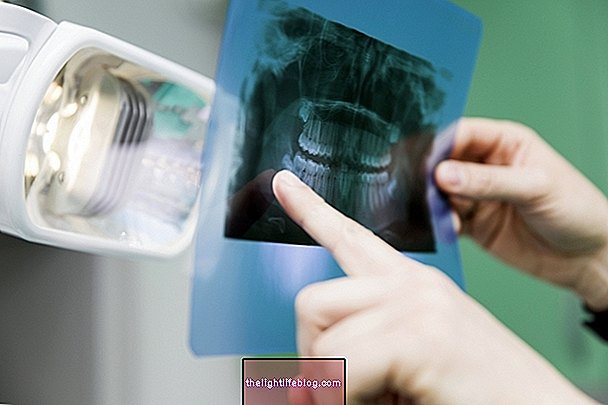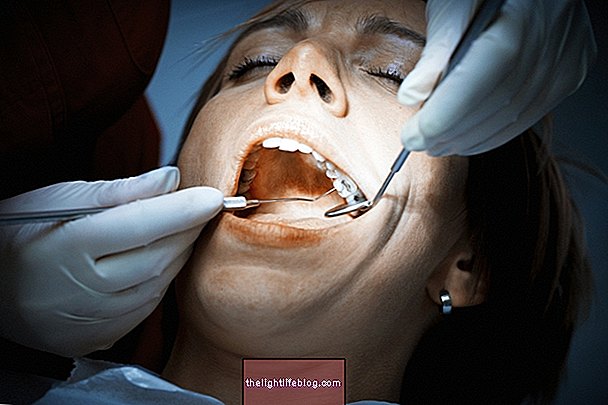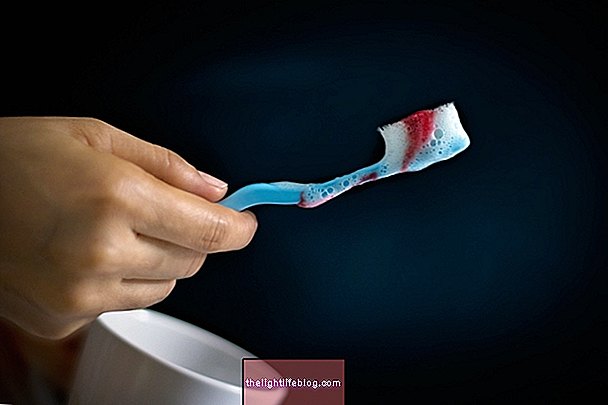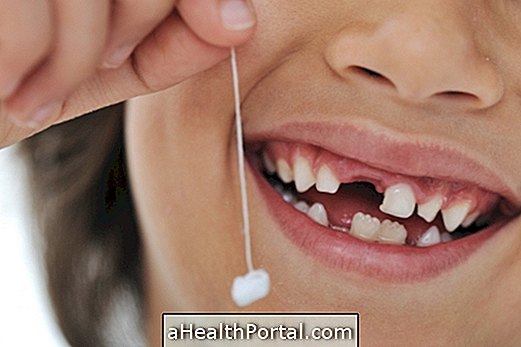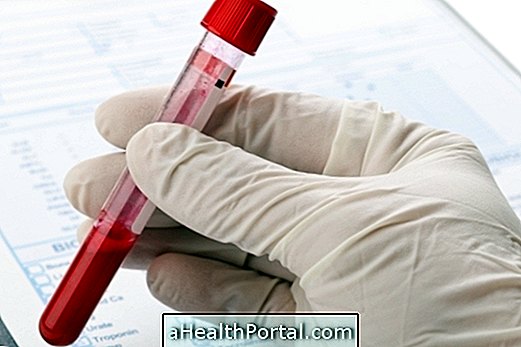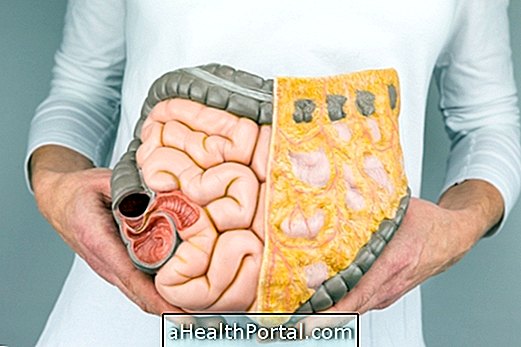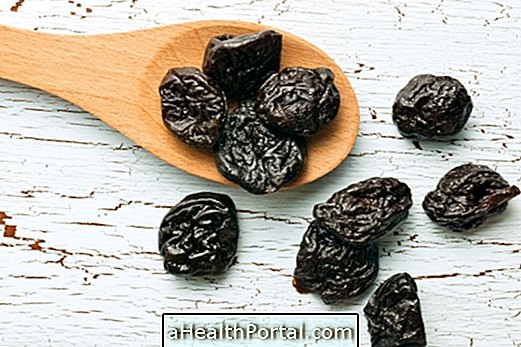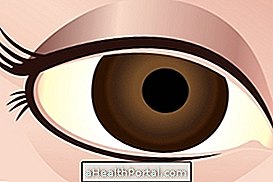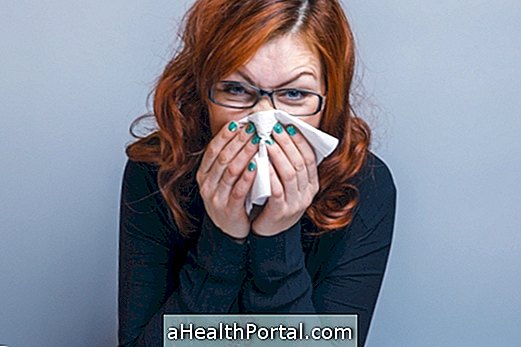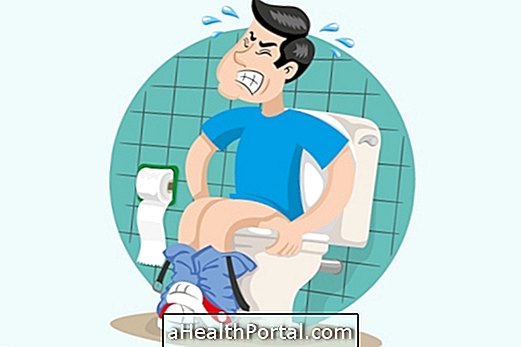Gingivitis is an inflammation of the gums due to the accumulation of plaque on the teeth, which causes symptoms such as pain, redness, swelling and bleeding.
Usually, gingivitis happens when there is no adequate oral hygiene, and the remains of food stored in the teeth, give rise to plaque and tartar, irritating the gums causing inflammation.
Symptoms of gingivitis include:
- Swollen gum;
- Intense redness of the gums;
- Bleeding when brushing your teeth or flossing;
- In the most severe cases there may be spontaneous bleeding from the gums;
- Pain and bleeding gums when chewing;
- Teeth that look longer than they really are because the gums are retracted;
- Bad breath and bad taste in the mouth.
When these symptoms appear it is very important to ensure that you are brushing your teeth properly and using dental floss, as they are the best way to eliminate bacteria and prevent the infection from getting worse. See step-by-step instructions for brushing your teeth well.

Red and swollen gum

Tartar on teeth - plaque
If with the correct brushing of the teeth there is no improvement of the symptoms and does not reduce the pain and the bleeding, a dentist should be consulted to start the treatment with scaling, and if necessary medication such as mouthwashes, for example.
The cure of gingivitis, not only improves the quality of life, but also prevents a more serious disease, known as periodontitis, which can cause the loss of teeth.
Who is most likely to have
Although anyone can develop gingivitis, this inflammation occurs more in adult people than:
- They do not brush their teeth daily, they do not floss, nor mouthwashes;
- They consume a lot of sugar-rich foods like candy, chocolate, ice cream and soft drinks, for example;
- They smoke;
- You have uncontrolled diabetes;
- In pregnancy, because of hormonal changes;
- They have misaligned teeth, with greater difficulty for effective brushing;
- Are using a fixed orthodontic appliance, without adequate brushing;
- He has difficulty brushing his teeth due to motor changes such as Parkinson's, or in bedridden people, for example.
In addition, people who have radiation therapy to the head or neck tend to have a dry mouth, being more likely to develop tartar and gingivitis.
How to treat gingivitis
When the gums are a little swollen, red and bleeding but you cannot see the buildup of plaque between the teeth and the gums, home treatment is sufficient to cure gingivitis. See a good home treatment to remove tartar from your teeth and thus fight gingivitis naturally.
However, when gingivitis is already very advanced, and it is possible to see a large hardened bacterial plaque between the teeth and the gums, brushing can become very painful and difficult, causing more bleeding, requiring treatment in the dental office.
In such cases, the dentist should be consulted to make a professional cleaning with instruments suitable for scaling. The dentist will also check if any teeth are decayed or need any other treatment. In addition, it may be necessary to start using antibiotics, in pill form for about 5 days, using mouthwashes and dental floss, to eliminate bacteria more quickly and allow the gums to heal.
Check out these and other tips in the following video:

Was this information helpful?
Yes No
Your opinion is important! Write here how we can improve our text:
Any questions? Click here to be answered.
Email in which you want to receive a reply:
Check the confirmation email we sent you.
Your name:
Reason for visit:
--- Choose your reason --- DiseaseLive betterHelp another personGain knowledge
Are you a health professional?
NoMedicalPharmaceuticalsNurseNutritionistBiomedicalPhysiotherapistBeauticianOther
